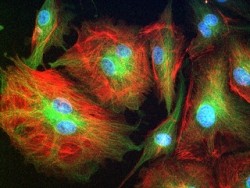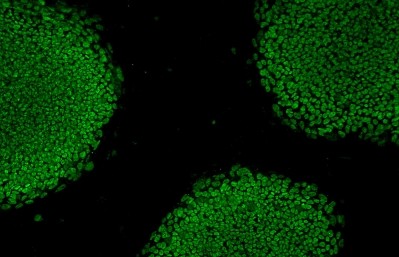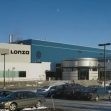US national stem cell research hub to reassess role after director quits

“This is a fast evolving area of science and NIH decided to step back and reassess what the field needs in 2014 and beyond and where NIH can have the greatest impact,” spokeswoman Renate Myles told BioPharma-Reporter.com.
The agency will hold a workshop tentatively scheduled for May 5 “that will convene a group of experts in the field to address current obstacles to translation of cell therapies and will help prioritize a number of requirements that the larger community has articulated through white papers over the past two years,” she said. “NIH will consider the feedback from the workshop and establish a set of goals for the CRM.”
Rao’s Departure
The revelations come as the program’s director, stem cell biologist Mahendra Rao, left the NIH on March 28, according to media reports.
With a budget of $52m over seven years, the CRM was established in 2010 to centralize the NIH’s stem cell work and to develop therapies from induced pluripotent stem (iPS) cells, which are adult cells converted into embryonic-like stem cells.
Researchers from the center have since generated more than 400 lines of iPS cells, and funded two contracts, including one for Lonza, to create 12 lines of clinical-grade iPS cells that will be available later this year.
“If you look specifically at the NIH contract where we are to produce a clinical grade (GMP) iPSC master cell bank, at this point our engineering runs are complete,” Don Kovarcik, business development manager at Lonza, told us.
iPSC trial
The CRM has only approved one application for a clinical trial, which was made by Kapil Bharti of the National Eye Institute. The team aims to use iPS cells to treat age-related macular degeneration of the retina, and hopes to commence human trials within a few years.
Rao took the helm in 2011, and according to the report from Nature, relations between he and NIH seem to have soured after the agency only awarded funding to one project aiming to move iPS cells into a clinical trial. Rao says he resigned after this became clear and said he hoped for five trials to be funded.














